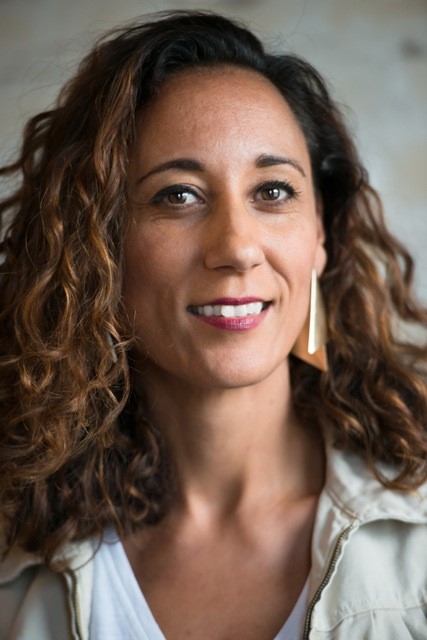

Guest blogger, Michelle Moore Diversity & Inclusion Advisor at the Women’s Sport Trust takes an in-depth look at the question of diversity and inclusion in women’s sport. Michelle is a former athlete and now a consultant. She is also an executive coach, speaker and activist promoting equality in sport. Her consultancy – Moore Development Consultancy offers a range of services focused on inclusion. Michelle is currently a trustee for the Runnymede Trust (the UK’s leading Race Equality Think-tank) and is listed in the Independent’s 50 most Influential Women in Sport 20-15 in ‘The ones to watch in the fast lane’. Follow Michelle on twitter.
Sport today is driving culture, globalisation, imagination and business. We all know how sport has acted as a catalyst for social change, from the example of athlete activists like Billie Jean King, to our very own Maggie Alphonsi, John Ameachi and Baroness Tanni Grey-Thompson. Sport can play a starring role for all forms of equality in the 21st century, and I believe sport has the power to change the world.
However, diversity and meaningful inclusion practice needs to be embedded within our governance, our boards and our daily implementation if sport is to fully realise its potential to drive social progress. As leaders, we need to challenge ourselves to truly wrestle with issues of equality and diversity and have the courage to hold ourselves to account.
In my work as an activist, it’s clear to me that those involved in women’s sport tend to genuinely care about diversity but are less clear about what inclusion actually means and looks like – or how to achieve it. It’s a fact that the structures and organisation of women’s sport in Britain remain predominantly white, male and middle class – a situation that is shared with much of the corporate world. On the sports field, athletes come from a variety of different backgrounds (notwithstanding some very traditional sports). How can we maximize the victories and abilities of these athletes on and off the field so that diverse talent translates to the boardrooms and structures of National Governing Bodies and those that run sport?
We are all leaders in one way or the other, be it as a mother, eldest child, aunty, uncle, father, manager, CEO or netball captain (as I am!). Leaders ask themselves the best questions. So where to start when talking about diversity and inclusion – what’s the roadmap? One way is to ask yourself the following:
Individually –
• Do I understand my own biases and their impact?
• Do I challenge discrimination when I see it?
• Does everyone in my personal and professional life look like me?
Organisationally –
• How do we recruit? (Does everyone look like me in the workplace?)
• Do we have specific targeted programmes of engagement beyond gender and race?
• What does transparency and accountability look like in my organisation when it comes to diversity and inclusion?
• How do we value and support all staff to develop in their roles and into leadership positions?
• Does our board include a minimum of three people from a minority group?
These are the kinds of questions any good business asks of itself. It is also our responsibility to move beyond gender equality and be aware of the intersections of discrimination. Serena Williams recited Maya Angelou’s famous poem ‘And Still I rise’ in the Sports Illustrated 2015 sportsperson of the year awards, as a way of highlighting how the intersections of discrimination (sexism and racism) have affected her and the life chances of others not as fortunate.
The benefits of diversity and inclusion are well rehearsed; sport and business perform better when the most talented people from a variety of backgrounds are represented. As we celebrate and acknowledge the phenomenal role models at these prestigious awards, let’s think about what happens when we return to our own spheres of influence and what we can do as individuals and organisations in the pursuit of equality for all people.
What does women’s sport need? It needs YOU. It needs a manifesto that goes beyond gender that is deliberate in its focus and relentless in its commitment to inclusion. Inclusive practice is best when it is by design, when it is deliberate; when it is planned and woven into the fabric of the organisation like any strategy, let’s not leave the future of our sport to chance.